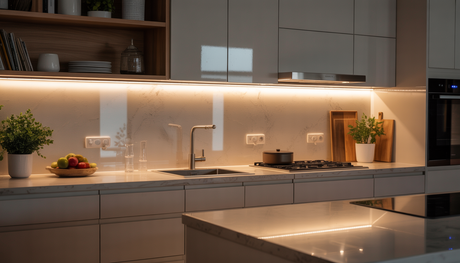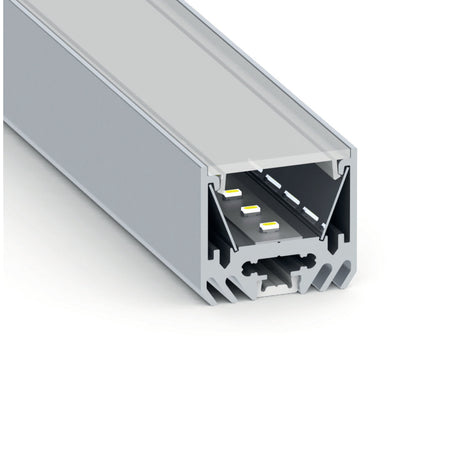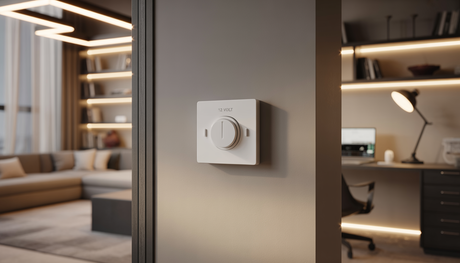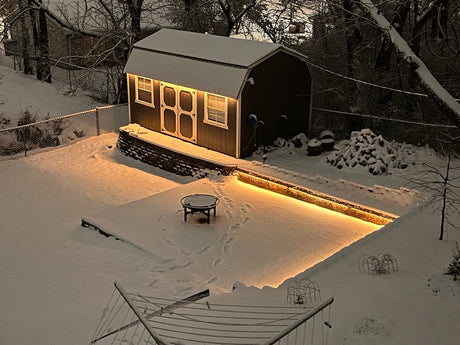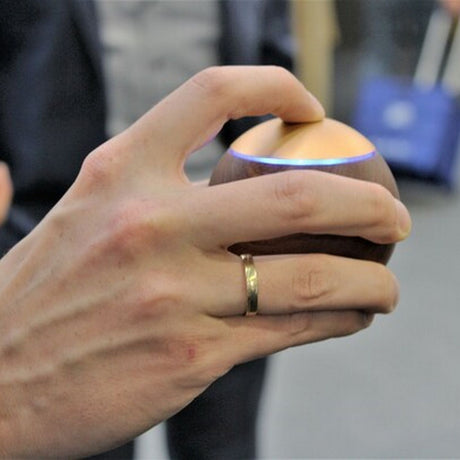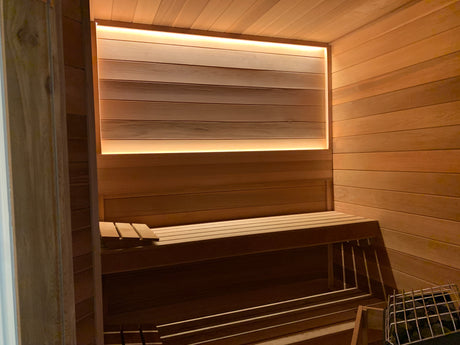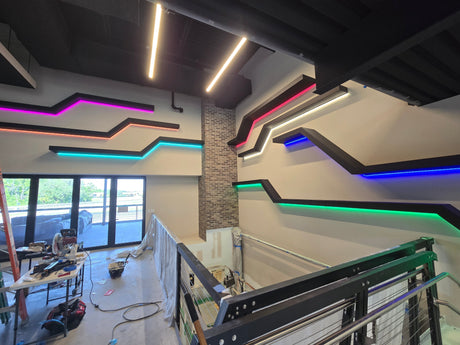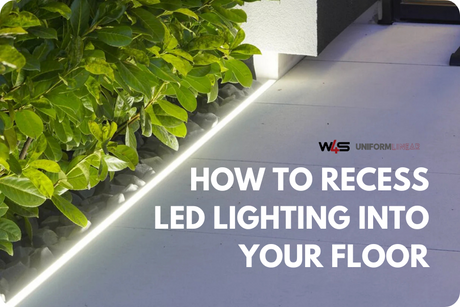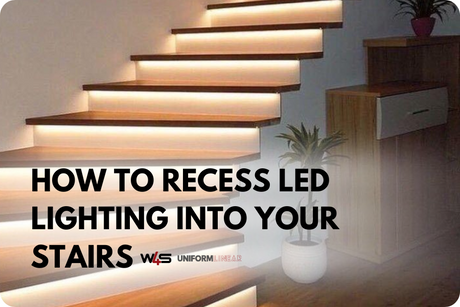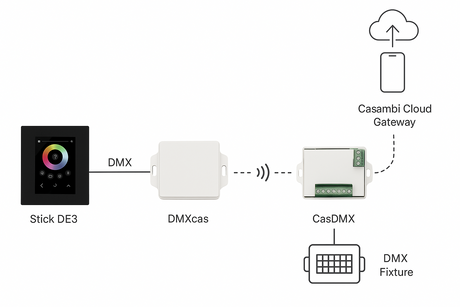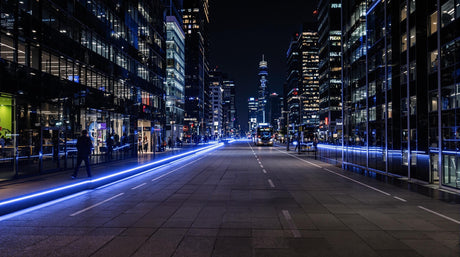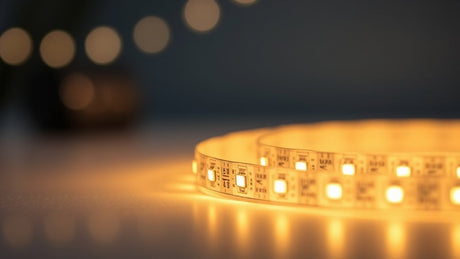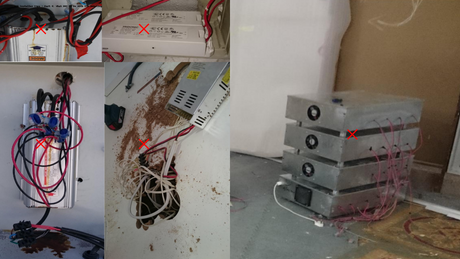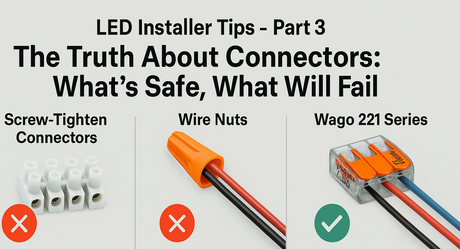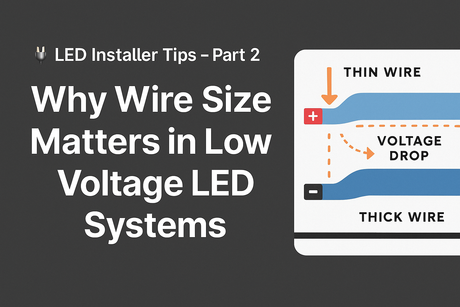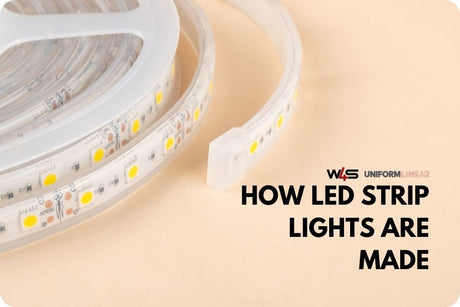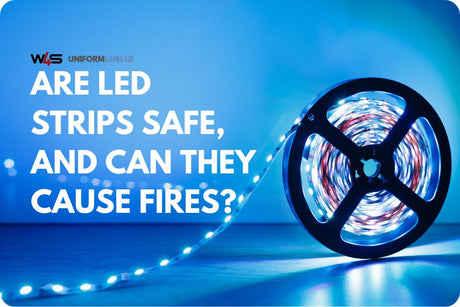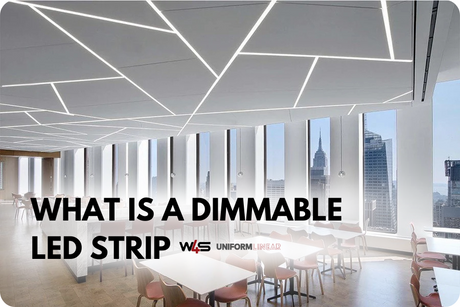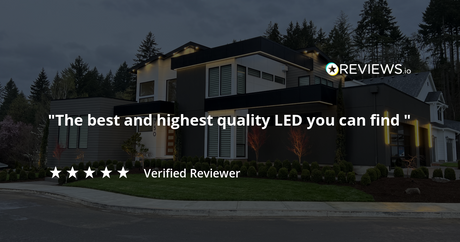We’ve discussed multiple comparison articles, and here’s another great one to dive into. When it comes to choosing the right lighting for your home or workspace, understanding the differences between Halogen and LED lighting is essential.
Both have their unique characteristics, benefits, and drawbacks, which can impact not only your lighting experience but also your energy consumption and environmental footprint. In this article, we’ll dive into a detailed comparison between Halogen lighting and LEDs to help you make an informed decision.
What is a Halogen Bulb?

Halogen bulbs are a more advanced version of the traditional incandescent bulb. They work by passing electricity through a tungsten filament, which is enclosed in a quartz capsule filled with halogen gas.
This setup allows the bulb to operate at higher temperatures, resulting in a brighter and whiter light compared to standard incandescent bulbs. Halogen bulbs are known for their high brightness and crisp light quality, making them ideal for applications where high-quality illumination is needed, such as in spotlights or task lighting.
Advantages of Halogen Bulbs:
- Brightness: Halogen bulbs produce a bright, white light that is ideal for areas requiring strong illumination.
- Dimmability: Most halogen bulbs are dimmable, allowing you to adjust the light intensity according to your needs.
- Affordability: Halogen bulbs are generally cheaper upfront than LEDs, making them an attractive option for budget-conscious consumers.
Drawbacks of Halogen Bulbs:
- Energy Inefficiency: Halogen bulbs are less energy-efficient compared to LEDs, consuming more electricity and generating more heat for the same light output.
- Heat Generation: Halogen bulbs can get extremely hot during operation, posing a risk of burns or even fire if not handled properly.
- Environmental Impact: Due to their shorter lifespan and the materials they are made from, halogen bulbs have a more significant environmental impact, especially considering they need to be replaced more frequently.
What is an LED Bulb?

LED (Light Emitting Diode) bulbs represent the latest in lighting technology. They work by passing an electric current through a semiconductor material, which then emits light. LEDs are highly energy-efficient, durable, and have a significantly longer lifespan compared to both incandescent and halogen bulbs.
Over the years, advancements in the types of LED channels have addressed early concerns about brightness and color quality, making LEDs a popular choice for a wide range of lighting applications.
Advantages of LED Bulbs:
- Energy Efficiency: LED bulbs use up to 90% less electricity than traditional bulbs, making them the most energy-efficient lighting option available.
- Longevity: LEDs have an impressive lifespan, often lasting between 15,000 to 40,000 hours, which significantly reduces the frequency and cost of replacements.
- Environmental Benefits: LED bulbs contain no harmful chemicals and produce minimal waste due to their long life. They also emit no ultraviolet (UV) or infrared (IR) radiation, making them safer for sensitive environments.
- Variety and Versatility: LEDs are available in a wide range of colors and designs, including options that allow you to change the light color using remote controls or mobile apps.
Drawbacks of LED Bulbs:
- Higher Upfront Cost: While LEDs have a higher initial purchase price than halogen bulbs, their long-term savings on energy and replacement costs make them a more cost-effective option over time.
- Quality Variability: The performance of LED bulbs can vary between manufacturers, so it’s important to choose products from reputable brands to ensure consistent quality and reliability.
Comparison: Halogen vs LED Bulbs

Let’s get into the actual comparisons of both types in terms of energy efficiency, lifespan, heat generation, light quality, and versatility
Energy Efficiency:
LED bulbs are the clear winner when it comes to energy efficiency. While halogen bulbs convert only about 10-20% of energy into light (with the rest being wasted as heat), LEDs convert nearly all the energy they consume into light, significantly reducing energy consumption and costs.
Lifespan:
LED bulbs far outlast halogen bulbs, with a lifespan of up to 40,000 hours compared to halogen’s 1,000 to 2,500 hours. This means that while you may spend more upfront on an LED bulb, you’ll save money in the long run by not having to replace it as often.
Heat Generation:
Halogen bulbs run at much higher temperatures than LEDs, making them less safe and less efficient. LEDs stay cool to the touch, which not only makes them safer to use but also helps reduce cooling costs in your home or office.
Light Quality and Versatility:

Both halogen and LED bulbs can produce bright, high-quality light, but LEDs offer more flexibility in terms of color temperature and design options. Whether you need a warm, soft glow for your living room or a bright, cool light for your workspace, LEDs have you covered.
Final Verdict
Given the significant advantages of LED bulbs in terms of energy efficiency, lifespan, and safety, it’s clear that replacing halogen bulbs with LEDs is a wise choice. Although the initial cost of LEDs may be higher, the long-term savings on energy bills and replacement costs make them a smart investment.
With growing environmental awareness and government regulations phasing out less efficient lighting options, switching to LEDs not only benefits you personally but also contributes to a more sustainable future.
In the battle between Halogen and LED lighting, LEDs emerge as the superior choice for most lighting ideas and solutions. Their energy efficiency, long lifespan, and environmental benefits far outweigh the initial cost difference.
FAQ
Let’s dig deeper into some more related questions that are frequently asked about Halogen and LED lights.
What are the best brands for halogen and LED lights?
For halogen lights, top brands are GE Lighting, and Sylvania, known for their reliability and quality. In the realm of LED lights, Philips, Cree, and Wired4Signs are recognized for their energy efficiency, long lifespan, and brightness.
Where are halogen and LED lights most commonly used?
Halogen lights are commonly used in residential and commercial applications, such as spotlights, outdoor floodlights, and automotive headlights, providing bright, white light where needed. LED lights, however, are versatile and can be used in a wide range of settings, including residential, office, street, automotive, and decorative lighting, favored for their energy efficiency and low heat output.
What are the most distinct advantages of LED lights over halogen lights?
LED lights offer significant energy savings, consuming much less power compared to halogen lights. They also have a much longer lifespan, reducing the need for frequent replacements, and they produce less heat, which makes them safer and helps lower cooling costs. Additionally, LEDs are environmentally friendly, as they contain no toxic materials and are fully recyclable.





